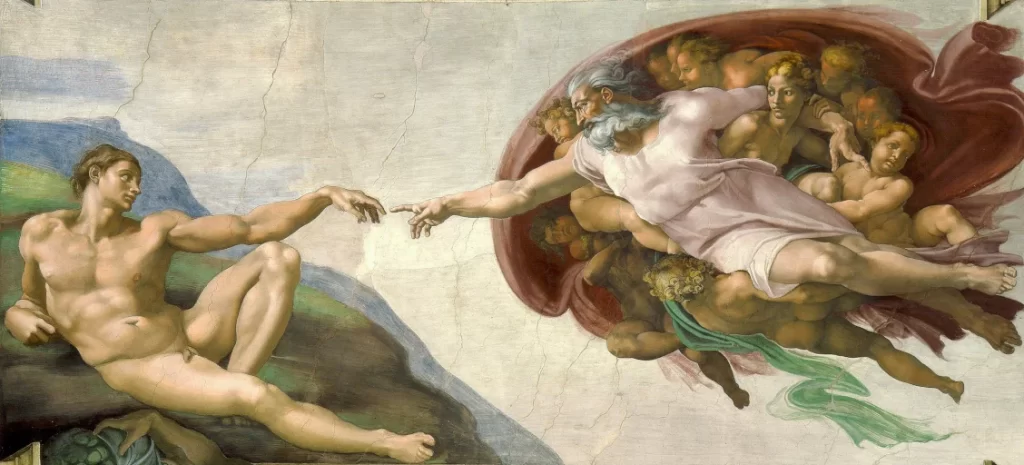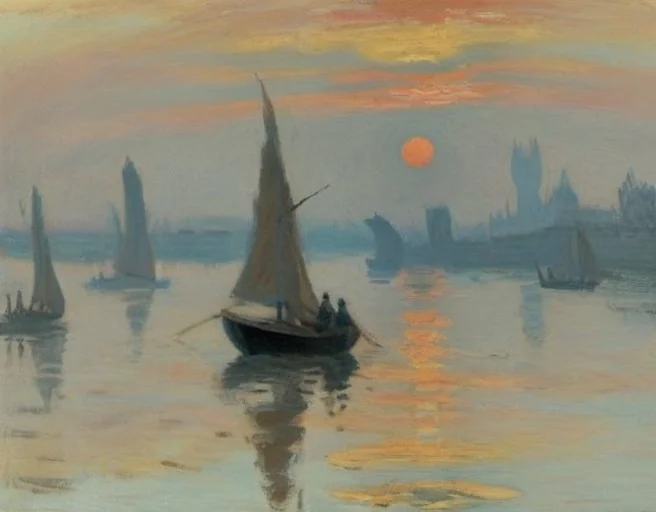AI-generated art’s precision challenges traditional art’s value in embracing imperfections, potentially leading to a shift in aesthetic standards and a new appreciation for human flaws in art.
Traditional art forms often embrace imperfections as part of the human touch, adding character and uniqueness to a piece. AI-generated art, on the other hand, is often created with a level of precision and consistency that can bypass these human elements. Now, I say this and I am aware that AI generated art sometimes makes mistakes but I am sure AI art will only get better with more training.
This shift could lead to a reevaluation of what we consider valuable or expressive in art. It raises questions about whether the absence of imperfections might lead to a homogenization of aesthetic standards or whether it will inspire a new appreciation for the ‘flaws’ that make traditional art uniquely human.
Déjà vu
Just like Impressionism shook up the art world in the 19th century, breaking from detailed realism to capture moments in bold strokes and colors, AI art is now pushing boundaries. We’re seeing a shift, questioning what makes art ‘good’. It’s not just about perfection; it’s about what’s uniquely human in our art. Both these movements, Impressionism and AI, are milestones, changing how we understand and value art.
We can draw an analogy between the current transition towards AI-generated art and the Impressionism period in art history. Impressionism, which emerged in the late 19th century, was a radical departure from the detailed, realistic paintings of the time.
It focused on capturing the impression of a moment, emphasizing light and color over precise detail. This movement was initially met with resistance and skepticism as it defied the established norms of artistic expression.
Similarly, AI-generated art is challenging the traditional boundaries of creativity and artistic expression. Just as Impressionism prompted a reevaluation of what constituted ‘good’ art, AI art is forcing us to reconsider the value of perfection versus human imperfection, and the role of the artist in the creative process. In both cases, the advent of new techniques and perspectives in art led to significant shifts in aesthetic values and the understanding of art itself.
Precision and Spontaneous Expression
Examples reflect the contrasting values between precision and the emotive, spontaneous expression found in Impressionism.

Perfect, highly detailed art, created in the Renaissance period Michelangelo’s “The Creation of Adam.”1 Renowned for meticulous detail and precision, embodying the ideals of technical perfection and realism.

In contrast, Impressionist art, characterized by its loose brushwork and emphasis on light, offers a different approach. Claude Monet’s “Impression, Sunrise,”2 the painting that gave Impressionism its name. A unique approach to capturing the essence of a scene rather than its detailed accuracy.

AI art created by Stable Diffusion using a 3070 TI graphics card on my desktop. In the style of Monet. AI got the style perfectly. AI captured reflections on the water and interpretation of the scene. I actually like the AI version better, ha! Too bad it’s not worth as much as “Sunrise”, right!
Stable Diffusion is a deep learning model that generates images from text descriptions. It can create high quality images of anything you can imagine in seconds–just type in a text prompt and hit Generate.
https://stablediffusionweb.com/
Footnotes






